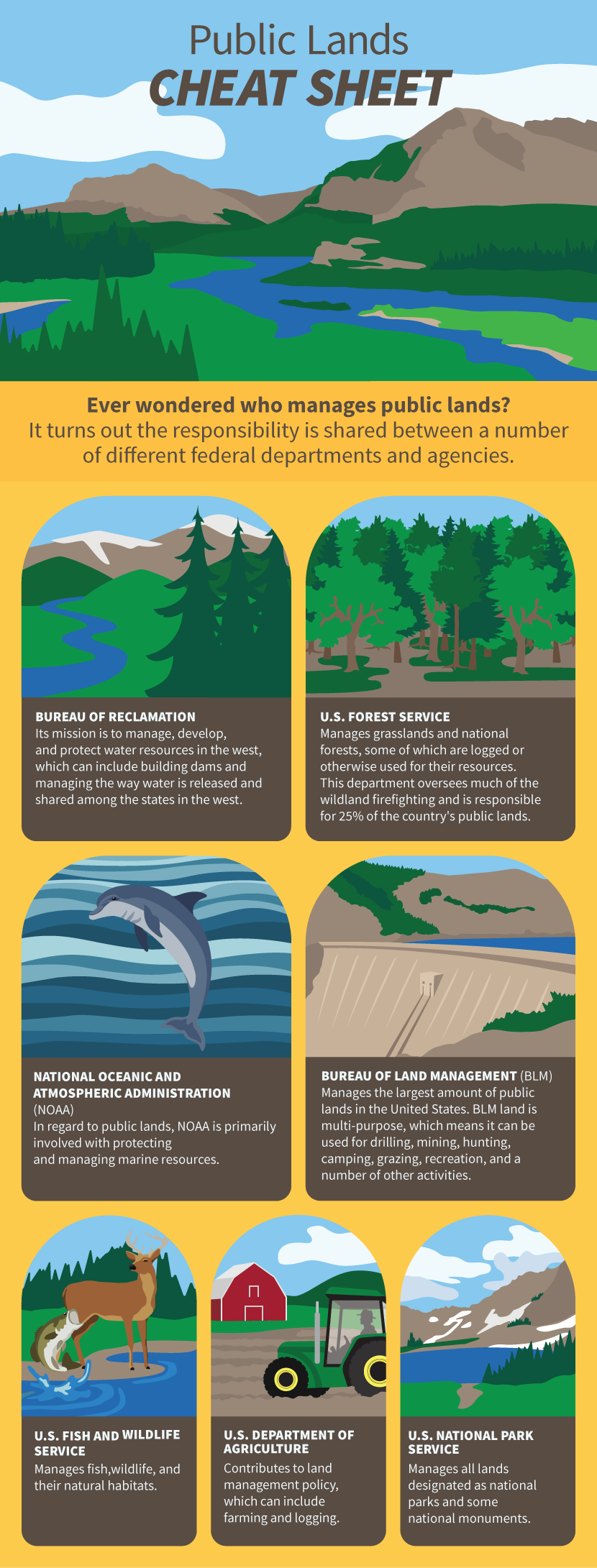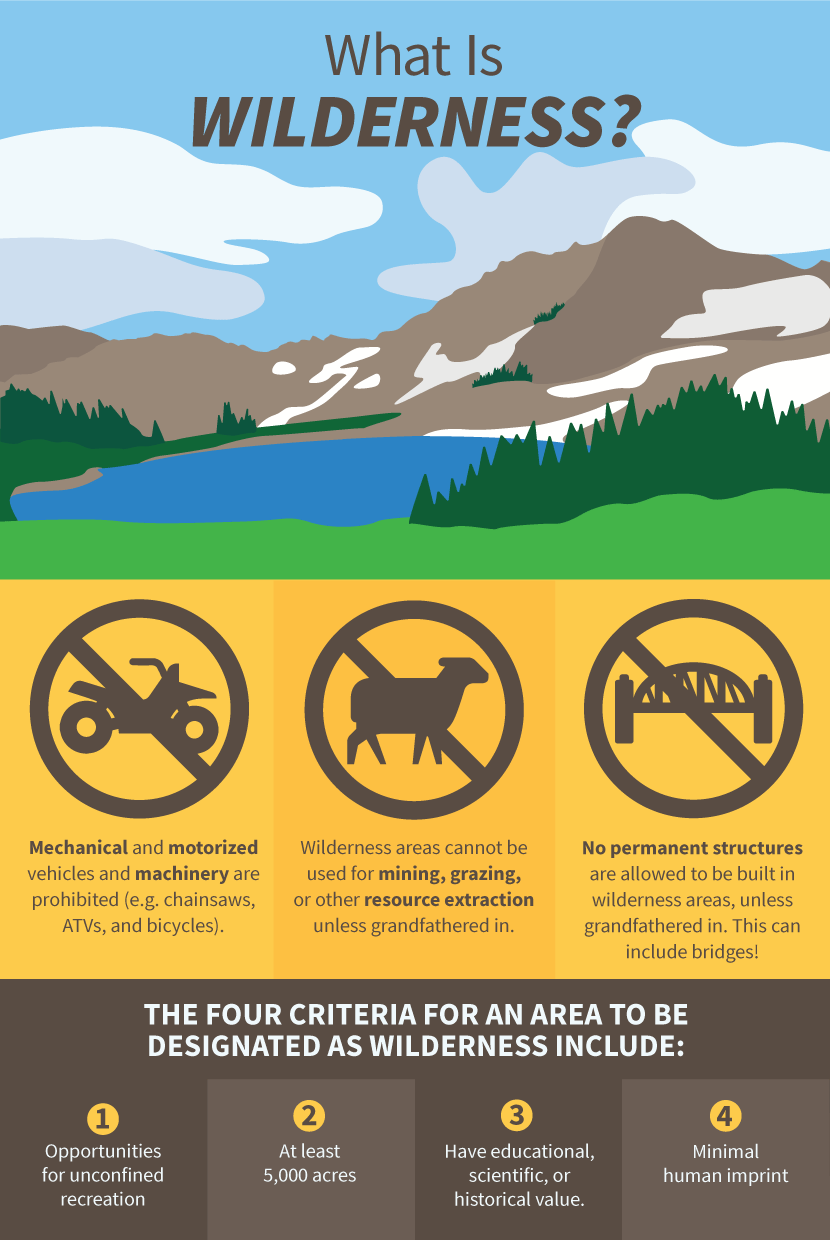The Wild Effect:
Overcrowding in the Wilderness
The popularity of books and films about backcountry adventures, like Wild and A Walk in the Woods, have led to an increased interest in some of the world’s long-distance hikes and wildest places.
Management organizations for the Pacific Crest Trail (Wild) and the Appalachian Trail (A Walk in the Woods) are bracing for an increase in the number of people embarking on these trails,
while permit applications for the shorter John Muir Trail skyrocketed a few years ago. Once pursued by only a handful of hearty hikers each year, these trails are now swelling with adventure-seekers.
The challenge of a 2,000-mile hike, or walking into the unknown in a wild environment,
is a very common theme in human history, and these trails provide easy access for adventure-seekers. But is an increase in travel on these trails helpful or hurtful to the environment?
The cleanliness of the Everest region of Nepal has been especially hard hit by an influx of visitors. The remoteness of the region, coupled with the lack of infrastructure in the country,
makes it difficult for trash to be removed from the area surrounding Everest. Rather than packing out their own trash, as is required in many wilderness areas in North America,
tourists leave everything from candy bar wrappers to oxygen bottles on the trails and on the mountain. The pile of used oxygen canisters has gotten so severe on Everest that the government has mandated expeditions remove a certain amount of refuse every year.
Though inconvenient, this requirement may help alleviate some of the environmental impacts of increased tourism to Nepal’s Himalaya. It’s an important reminder of the fragility of remote landscapes.

Wilderness
As travel in wilderness areas increased during the 1960s, conservation groups realized that there was no system in place to discourage people from leaving trash in the backcountry or from removing items that people treasured.
Essentially, the wilderness was losing its wildness because people were having too much of an impact. After some trial and error,
the seven Leave No Trace principles were developed as a way to inspire people to travel in wild places without having a noticeable impact.
One of the unique attributes of Leave No Trace is that it is an ethic. By encouraging individuals to decide how to implement the principles based on their own philosophies,
rather than by creating a set of rules, it was easier to get buy-in and the amount of trash and vandalism decreased markedly. If you haven’t spent a lot of time in national parks or on public lands,
learn the seven Leave No Trace principles and decide how you want to implement them on your next trip. If everyone takes the time to consider their impact, the wilderness can remain wild, no matter how many people are enjoying it.

Sharing
Public land isn't proprietary – it’s for everyone. Some of the most shortsighted reactions to the popularity of Wild and A Walk in the Woods revolved around fears that public lands are already used enough.
Some people worry that an influx of adventurers will create crowds that detract from the solitude the wilderness can provide and that first-time backpackers will lead to an increase in trash and vandalism.
The second issue is easily avoided by sharing the philosophy of Leave No Trace and encouraging people to take ownership of public lands. As for solitude, there is more than enough public land for everyone.
Instead of starting a thru-hike of the Appalachian Trail in the spring, when eager northbound-hikers are hitting the trail, prepare for the more challenging but less popular southbound hike, which is usually started in late May.
Plan multiday backpacking trips with off-trail travel, which will almost ensure an absence of other people.
Or, look into long-distance hikes in other countries, like the Great Himalayan Trail, which wanders across the backbone of the Himalayas.
The Future
The number of people in North America, specifically in the United States, who live near public lands is shrinking. Access to national parks requires a certain amount of travel from most urban areas,
a necessity that can be prohibitive for low-income families or those without transportation.
Wilderness expanses like those found in the West and Alaska are so far from the continent’s population centers that a trip to these areas requires commitment of both time and money.
In short, access to wild places is already limited for many North Americans, and the vast majority may never get to experience the beauty of nature or the life-changing effects of a long-distance hike.
But, the more people travel to wild places, the more incentive there will be to save them. Protecting lands costs money and resources, two things that are already stretched thin in national governments.
When people develop a connection to wild places, they have a reason to fight for the protection of those parks and lands.
The future of public lands relies on an increased popularity in backpacking and hiking and exploration.

How to Get Out
If you’ve never worn a backpack or tied on hiking boots, don’t despair – there are countless ways to get started in the backcountry.
If you like group activities, look for a local hiking clubs or meet-up groups geared toward exploration, like the Appalachian Mountain Club.
If you prefer formal instruction, some outfitting companies and retailers offer classes on outdoor skills, which will provide you with a strong foundation for your first personal trip.
If you like to experiment, but are short on time, buy a map of your area and ask a friend to go for a day hike. Or, if you’re feeling bold, invest in a backpack and some boots and hop on a long-distance trail.
Ultimately, it’s just a long walk with a heavy bag; there are very few ways to do it incorrectly.
Embed the article on your site

